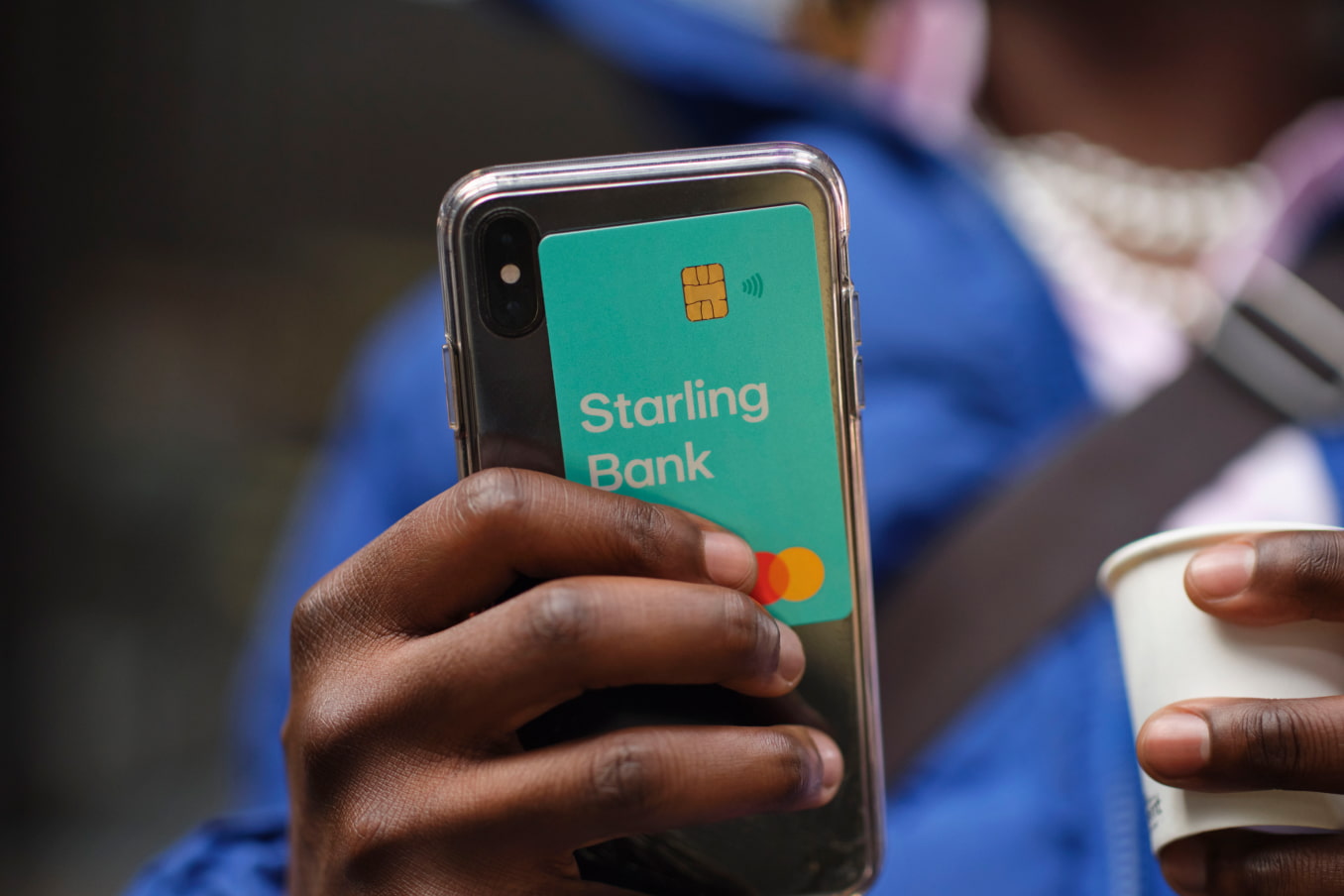What is CHAPS? Guide to CHAPS payments
What is CHAPS? Guide to CHAPS payments
If you’ve ever had to make a high-value payment, it’s likely that you were using CHAPS to make the transfer. In this guide, we’ll talk about the CHAPS system and explain everything you need to know about CHAPS payments.

What is a CHAPS payment?
A CHAPS payment is like a regular bank transfer, where money moves between two accounts, but CHAPS is often used for high-value payments. A lot of money flows through the CHAPS system. According to the Bank of England, the average daily value of CHAPS payments in February 2021 was £341 billion.
CHAPS can only be used to make payments in British pounds within the UK and the system is managed by the Bank of England.
What does CHAPS mean?
CHAPS stands for Clearing House Automated Payment System.
CHAPS was established in 1984 by the Bankers Clearing House in London, but throughout its history, the CHAPS system has been operated by many different companies, until the Bank of England took over the responsibility in 2017.
How does CHAPS work?
CHAPS payments are a type of bank transfer and the payment methods are similar. Depending on your bank, you can set up a CHAPS payment by visiting your branch or going online. Just remember to have all the payment and payee details ready.
If you’re a Starling customer and want to make a CHAPS payment, you can do this right from the Starling app. Read more about making CHAPS payments with Starling.
Try our award-winning current account
Get more from your money with Starling’s simple, award-winning current account. With features such as instant notifications, Spending Insights and Spaces, money management has never been easier. Apply in minutes from your phone.
Which banks use CHAPS?
Most UK banks are able to send and receive CHAPS payments, but not all are ‘direct participants’ of the CHAPS system.
A bank doesn’t have to be a direct participant of the system to send and receive CHAPS payments. Many use third-party banks to process the CHAPS payments for them. This is currently the case for Starling.
Our sort code checker will tell you if your bank accepts CHAPS payments. Just enter your bank’s sort code to find out.
According to the Bank of England, these are the direct participants of CHAPS:
Banco Santander, S.A. (London branch)
Bank of America N.A. (London branch)
Bank of China Limited (London branch)
Bank of England
Bank of New York Mellon (London branch)
Bank of Scotland plc (part of the Lloyds Banking Group)
Barclays International (a trading name of Barclays Bank plc, part of the Barclays Group)
Barclays UK (a trading name of Barclays Bank UK plc, part of the Barclays Group)
BNP Paribas SA (London branch)
Citibank N.A. (London branch)
ClearBank Limited
CLS Bank International (an Edge Act Bank based in New York)
Clydesdale (a trading name of Clydesdale Bank plc, part of the Virgin Money UK PLC Group)
Danske Bank (a trading name of Northern Bank Limited, part of the Danske Bank Group)
Deutsche Bank AG (London branch)
Elavon Financial Services DAC (UK branch)
Euroclear Bank SA/NV (Brussels Head Office)
Handelsbanken plc (a UK subsidiary of Svenska Handelsbanken AB)
HSBC Bank plc (part of the HSBC Group)
HSBC UK Bank plc (part of the HSBC Group)
ING Bank N.V. (Amsterdam Head Office)
J.P. Morgan Chase Bank N.A. (London branch)
LCH Limited
Lloyds Bank plc (part of the Lloyds Banking Group)
National Westminster Bank plc (part of the NatWest Group)
Northern Trust Company (London branch)
Royal Bank of Scotland plc (part of the NatWest Group)
Santander UK plc (part of the Banco Santander Group)
Societe Generale (Paris Head Office)
Standard Chartered Bank plc
State Street Bank and Trust Company (London branch)
The Co-operative Bank plc
TSB Bank plc
UBS AG (London branch)
Virgin Money (a trading name of Clydesdale Bank plc, part of the Virgin Money UK PLC Group)
What are CHAPS payments used for?
CHAPS is typically used to transfer high-value payments that are somewhat ‘time-sensitive’.
For example, businesses may use CHAPS to pay their suppliers or to pay taxes, and individuals may use CHAPS when paying a house deposit or when moving their savings from one account to another.
How long does a CHAPS payment take?
Most CHAPS payments arrive on the same day if the payment is made before the CHAPS cut-off time. The CHAPS payment system is open on weekdays between 6am and 6pm for bank-to-bank transfers, but keep in mind that your bank might have its own cut-off time.
As a Starling customer, you should send your CHAPS payment through the app on working days, between 9am and 3pm, for CHAPS payments to be sent on the same day.
We aim to process your CHAPS payment on the same day. However, to prevent fraud and to keep your money safe, we do a range of checks before processing the payment. We aim in most cases to make payment by 5.30 pm. If we can’t complete our checks, or we need to ask you for more information, then the payment may be delayed until the following business day.
Please note that the above timeframe applies to both incoming and outgoing CHAPS payments.
What is the CHAPS payment limit?
There is no upper or lower limit on CHAPS payments, but for Starling customers, any payment over £1,000,000 will need to be sent with CHAPS if it needs to be sent in one go.
Is there a fee for CHAPS payments?
Most banks do charge a fee for sending CHAPS payments. Starling’s CHAPS fee is £20 per payment.
CHAPS vs Bacs
Bacs is another type of bank transfer, but unlike CHAPS and Faster Payments (which are instant or on the same day), Bacs can take up to three days to go through. Find out more in our guide to Bacs.